History & Culture in Italy
The historical backdrop of Italy is portrayed by two periods of solidarity—the Roman Empire (CE-476 CE) and the modern democratic republic framed after the end of World War 2 in 1948. Between those two periods may have been a thousand years and a half of division and disturbance, however that interruption saw one of the world's extraordinary blossoming of craftsmanship, the Renaissance (around 1400– 1600 CE).
Rise and Fall of the Roman Empire
Between the 6th to third centuries BCE the Italian city of Rome vanquished Peninsular Italy; throughout the following couple of hundreds of years, this empire spread to rule the Mediterranean and Western Europe. This Roman Empire would proceed to characterize quite a bit of Europe's history, leaving a check in culture and society that outlived the military and political maneuvers of its administration. After the Italian piece of the Roman Empire declined and "fell" in the fifth century (an occasion nobody at the time acknowledged was so critical), Italy was the objective of a few attacks. The previously united locale broke separated into a few smaller bodies, including the Papal States, represented by the Catholic Pope.
The Renaissance and the Kingdom of Italy
By the eighth and ninth hundreds of years, various amazing and trading focused city-states rose, including Florence, Venice, and Genoa; these were the powers that hatched the Renaissance. These smaller states were the fruitful grounds of the Renaissance, which changed Europe enormously afresh and owed a great deal to the contending states attempting to outspend each other on glorious art and architecture.
Unification and freedom developments all through Italy grew ever more grounded voices in the nineteenth century after Napoleon made the fleeting Kingdom of Italy. A war among Austria and France in 1859 enabled a few little states to converge with Piedmont; a tipping point had been come to and the Kingdom of Italy was framed in 1861, developing by 1870—when the Papal States joined– to cover all of what we currently call Italy.
Mussolini and Modern Italy
The Kingdom of Italy was subverted when Mussolini accepting force as an extremist tyrant, and despite the fact that he was at skeptical of Hitler, Mussolini brought Italy into World War 2 instead of hazard missing out on what he saw as a land grab. That decision caused his destruction. Current Italy is presently a democratic republic and has been since the modern constitution happened in 1948. This pursued a submission in 1946 which casted a ballot to annul the past government by twelve million votes to ten.
Happy Travellers
Highlights of South Asia journey
Ms. Bharti Patel
 Jan
Jan31st Jan Southeast Asia Tour
Mr. Yayati Patel
 Jan
JanSingapore Malaysia Tour-21st Dec to 31st Dec
Mr. Chetan Gandhi
 May
MayHotel Food And Staff Services Was Very Nice
Mr. Shambahadur Thakur
 Feb
FebWe Love Partnering With You On Our Travels!
Priyanka Desai
 Nov
NovWe Have Enjoyed Our Dubai Trip!
Mr. Rahul Bhasin
 Nov
NovWe Couldn’t Dream Of A Better Vacation Than This!
Mr. Neeraj Amin
 Sep
SepThanks Flamingo Team To Make Our Dream Come True
Mr. & Mrs. Nehal Gandhi
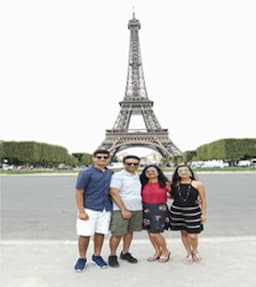 May
MayThanks For A Memorable Trip To China!
Mr. Nirav Parikh
 Jul
JulAppreciate Flamingo's Services And Travel Again!
Mr. Husein Sama
 Jun
JunTrending travel articles

A New Wonder of the World: The Golden Bridge in Vietnam
An overnight internet sensation and thanks to Instagram - the Golden Bridge in Vietnam is at the top of the travel bucket list for many tourists. Since its opening day - it has topped the global architectural charts. Over the past few years, uniq
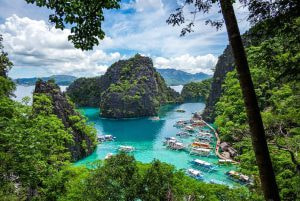
Top Maldives Alternatives to Explore Summer Vacation
Post-a-pandemic - thanks to the Bollywood celebrities - the Maldives has been in the travel spotlight. Yes, the Maldives is a surreal place to be - yes, it is the best short-distance foreign country to visit; yes, the Maldives travel experience
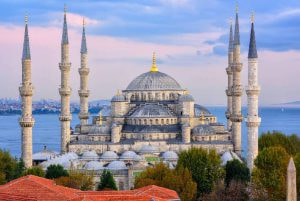
Explore the Majesty of the Blue Mosque in Istanbul
The iconic and famous mosque in Istanbul, the Turks call – the Sultan Ahmet Mosque, is known globally as the Blue Mosque. The Blue Mosque in Istanbul received this unofficial name based on the blue tiles that adorn this structure. The blue mosq

Find Out Everything You Need To Know About Gardens By The Bay In Singapore!
One of the most renowned and not to be missed features of Singapore tour Packages is to visit the Gardens by the Bay in Singapore. This garden is an integral part of Singapore Tourism. Your tour of Singapore is incomplete if you do not go to see the
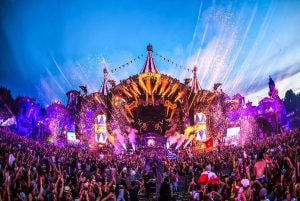
7 Festivals That Celebrate Life in Europe!
For most of us, Europe is synonymous with our summer holidays. Europe conjures images of snow-clad mountains, lush greenery, famous historical sites, and beautiful landscapes. There are infinite options for all – young and old, honeymooners and
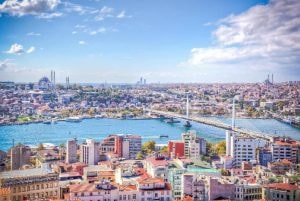
Grand Bazaar In Istanbul: All You Need To Know Before Visiting!
Turkey tourism is renowned for its mystical charm, stunning architecture, and rich culture, but your visit to this country will not be a full circle unless you visit the Grand Bazaar in Istanbul. The must-visit spot for any tourist while visiting Ist
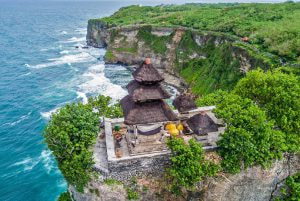
Uluwatu Temple Bali – A Guide to Visiting Bali’s Magnificent Sea Temple
Bali is renowned for its beaches, a destination apt for short breaks and honeymoons - but this island of Bali is also famous for its temples. We all know that Uluwatu Temple is one of the most famous temples in Bali. Instead, we could say that Bali
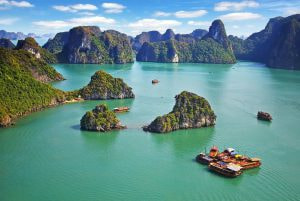
8 Famous Vietnamese Foods to Try On Your Trip!
What’s the purpose of visiting a new country if you don’t experience the local cuisine? The best approach to exploring the nation is to try the local cuisine. The cultural influences of that location are reflected in the food. Likewise to
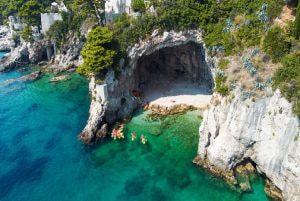
5 Best Beach Destinations in Europe: Beach Lovers, this one’s for you!
In Europe, you will find some of the most gorgeous cities on the planet. Millions of tourists visit Europe each year to discover its capital cities, like Paris, Barcelona, Berlin, Amsterdam, and Vienna, to mention a few. Europe Tourism is gifted with
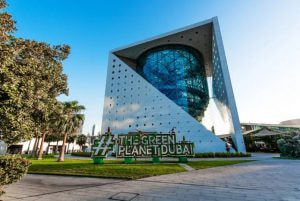
The Green Planet in Dubai – An Indoor Rainforest on the Arabian Desert
Dubai - you would have thought about uber-luxury, desert safari, very high temperatures, endless fun, and shopping. But, can you imagine a tropical rainforest in Dubai? On second thoughts - if Dubai can have a Miracle Garden, Ski World in the des
